Stay up to date with the latest news
Just sign up at Climate change myFT Digest — delivered straight to your inbox.
The world will face longer summers, greater risk of disease and the need to “step up” for cooling energy, as a new report shows that the global temperature of 1.5C to 3C, which the world is going to in front of the face.
While low-income countries are likely to be the hardest hit, global industrial hubs including Tokyo, Rome, Madrid, Rio de Janeiro, Beijing, Sydney, London and New York are also likely to be severely affected.
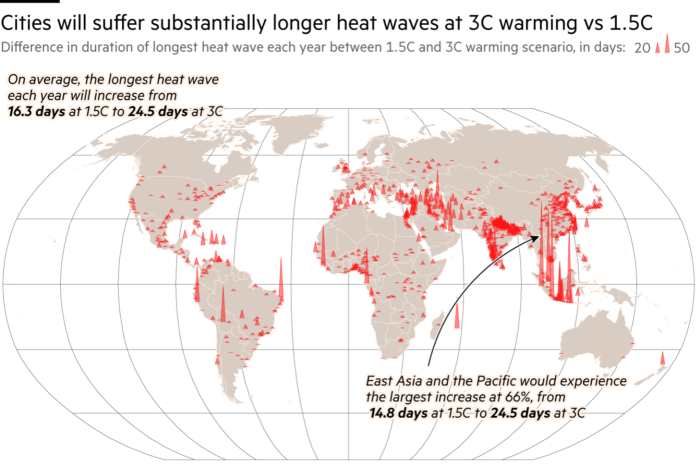
For many countries, the difference will be large, with extreme rainfall, heat and drought increasing in scale and frequency, a report from the World Resources Institute found.
The report analyzed climate risk using global models broken down for 996 of the world’s largest cities – home to 2.1 billion people, or more than a quarter of the world’s population.
The world has already warmed by at least 1.1C since the industrial era, a group of UN scientists has found, and exceeded 1.5C in the past 12 months. Scientists monitor the rise in temperature for at least a year or twenty, however.
“The difference between 1.5C and 3C is life or death for billions of people worldwide,” said Rogier van den Berg, global director at the WRI Ross Center for Sustainable Cities.
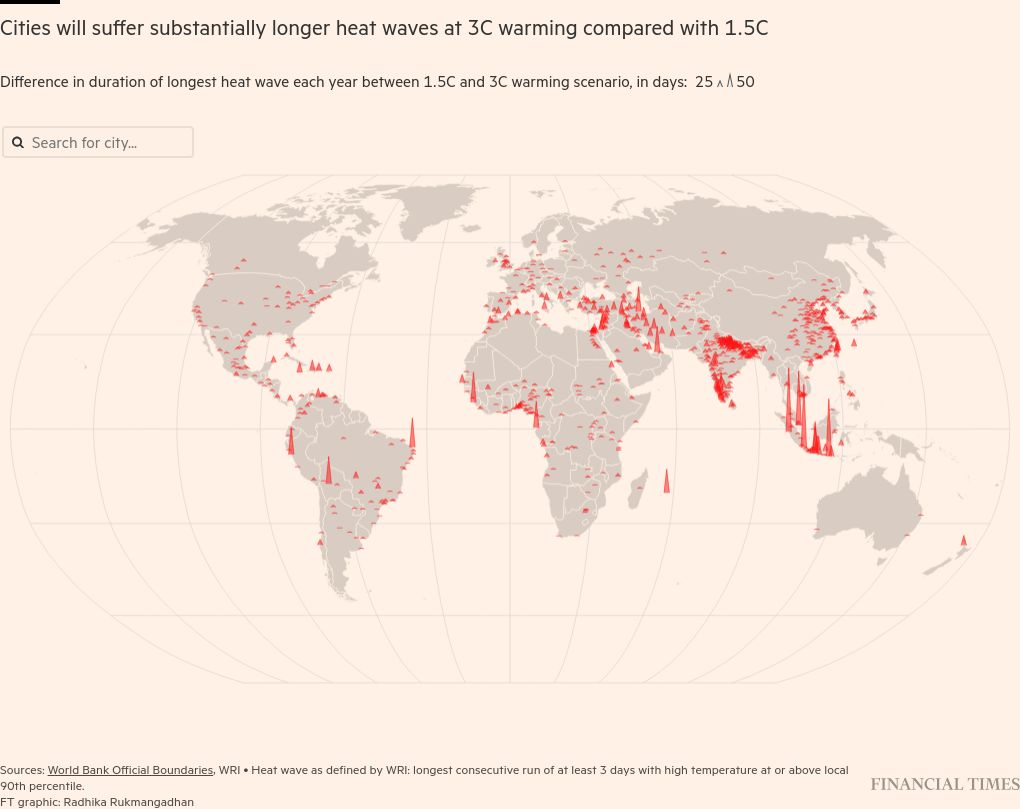
The findings are “a wake-up call for every country and national government leader: now is the time to start preparing the country for a warmer world, while we are doing everything we can to cut down. [greenhouse gas] things that come out,” he said.
The International Conference on Climate Change has predicted that 2024 will be the hottest year on record. UN scientists say that in the current situation, the world could break 1.5C by the middle of 2030.
At 1.5C above industrial levels, the longest annual heat wave will last an average of 16.3 days. At 3C, however, this would jump to 24.5 days, with 16 percent of the world’s largest cities experiencing at least one persistently high temperature for more than one month each year, according to WRI data said.
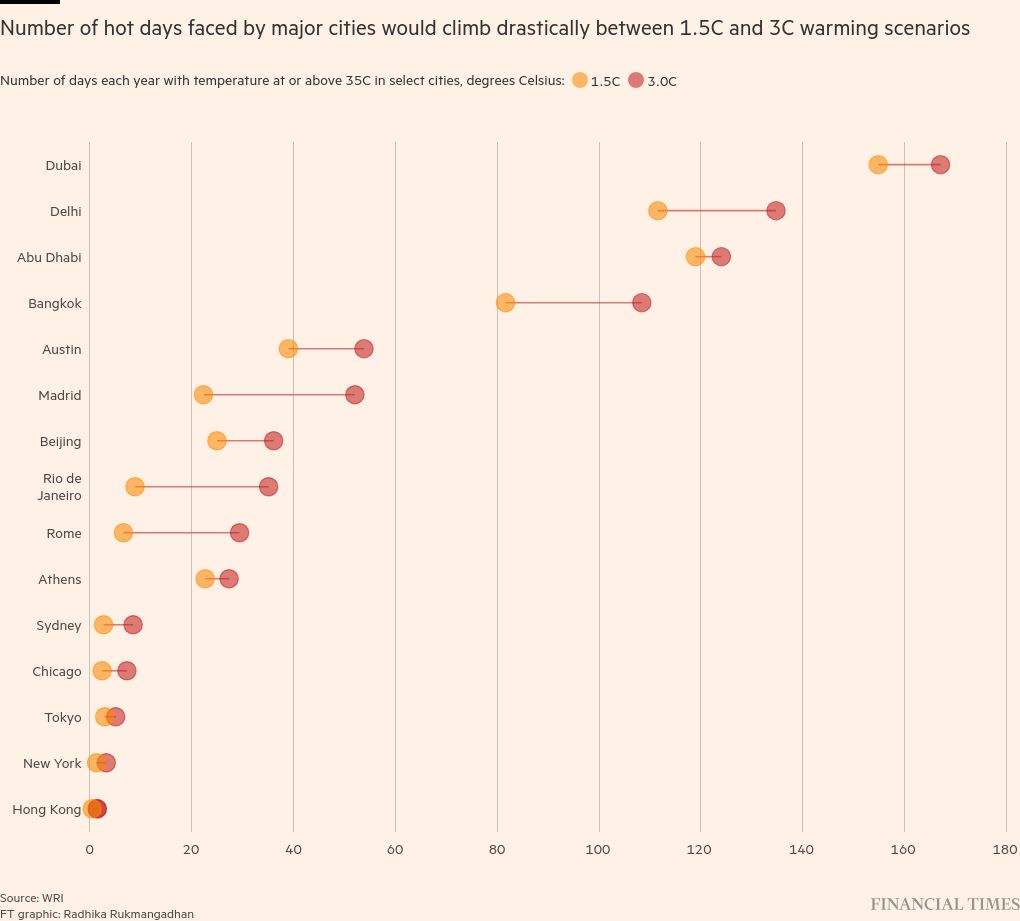
In the Middle East and northern Africa, the longest heat wave will extend from 13.6 days on average, lasting 36.3 days.
The heat will also be frequent. On average, cities will see a 29 percent rise in the number of temperatures, while in low-income countries, this can rise 45 percent.
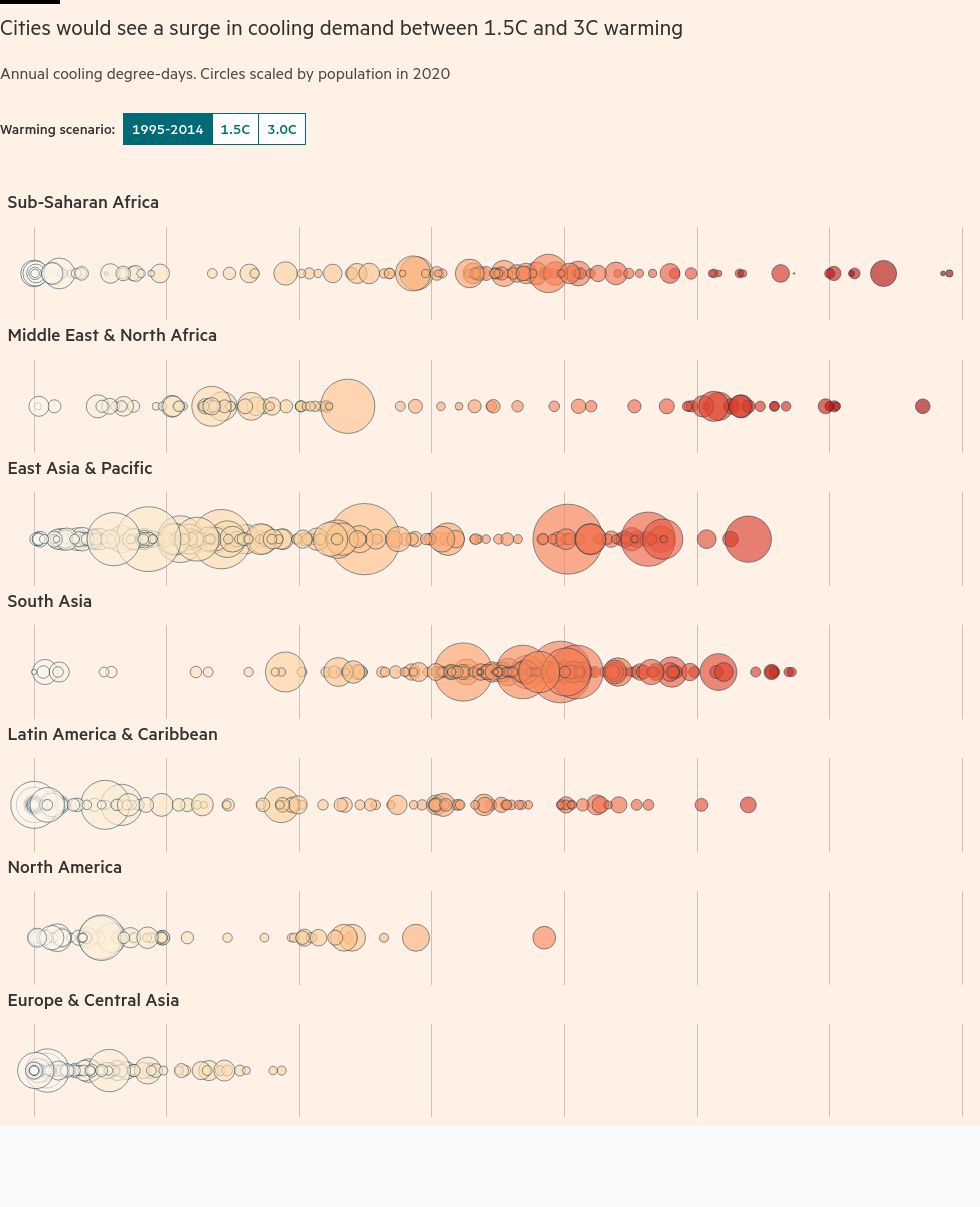
The report highlighted that the demand for air fresheners will also increase as more people experience longer weather conditions.
At a temperature of 3C about 194 million people living in cities will see an increase in the need for cooling, compared to 8.7 million people at 1.5C, he estimates.
This increase in demand will pose a challenge to cities that have previously experienced climate change in northern Europe, as well as low-income urban areas, where there is little air conditioning.
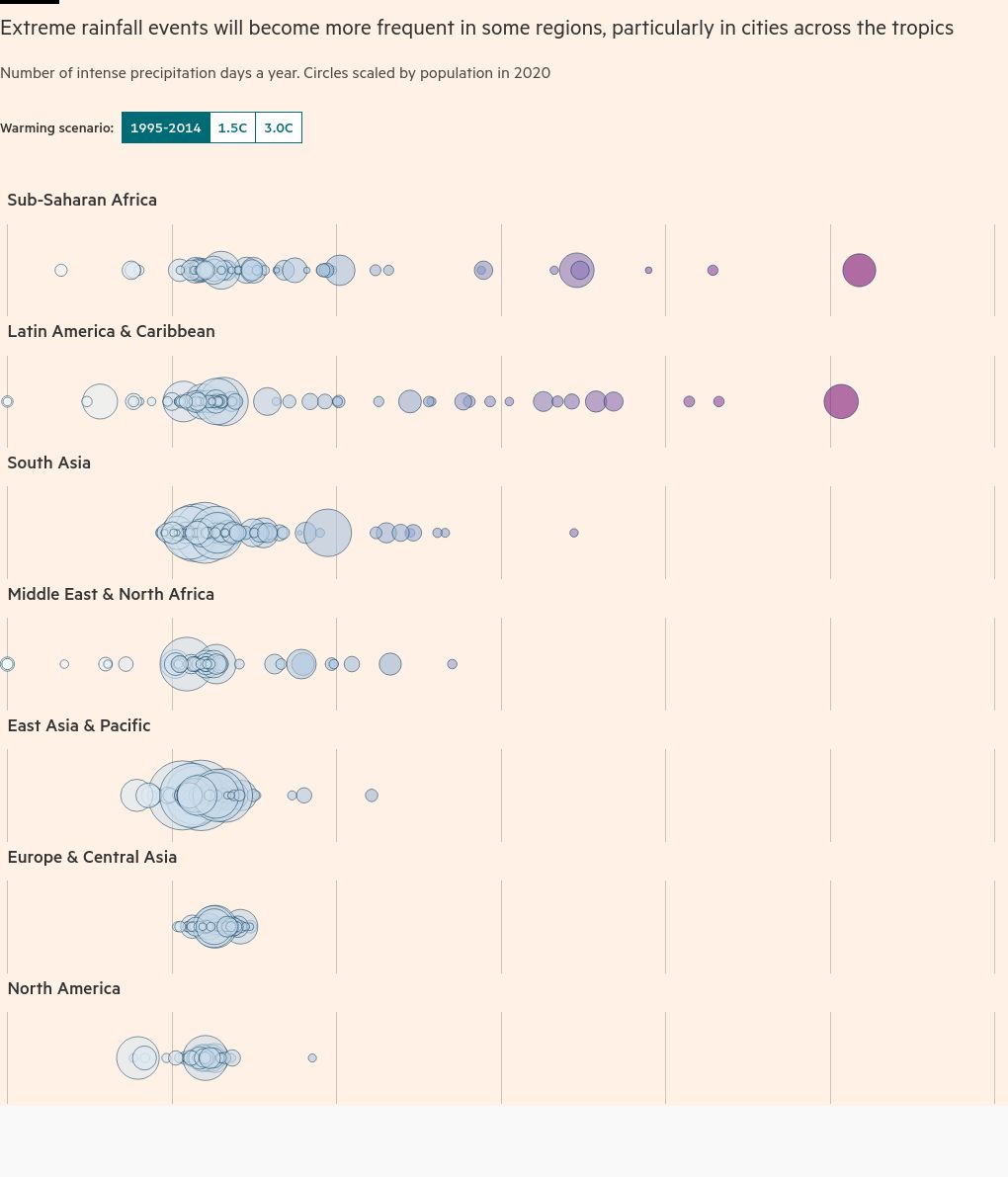
Long droughts are associated with short, but heavy rains in some areas that could damage agriculture and infrastructure, the report said, putting a strain on the food chain.
“This finding makes it clear that we cannot afford to delay climate change any more, because bad things await the cities of the world 3 degrees C,” said Antha Williams, who leads the environmental program Bloomberg Philanthropies said.
Climate capital
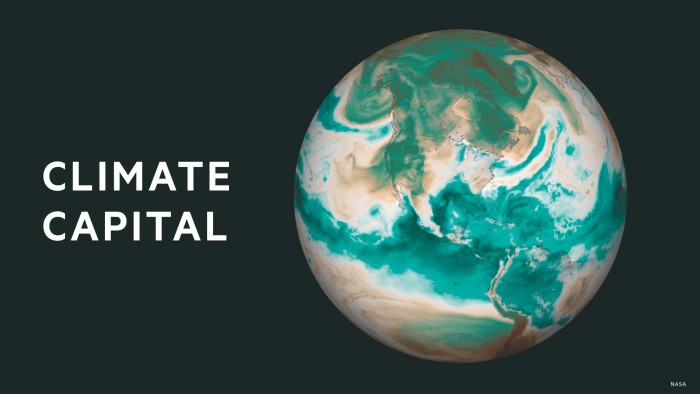
Where climate change meets business, marketing and politics. Check out the FT’s coverage here.
Are you interested in FT’s FT Environment Support Commitment? Find out more about our scientific mission here
#Demand #cooling #cities #world #rise #reports